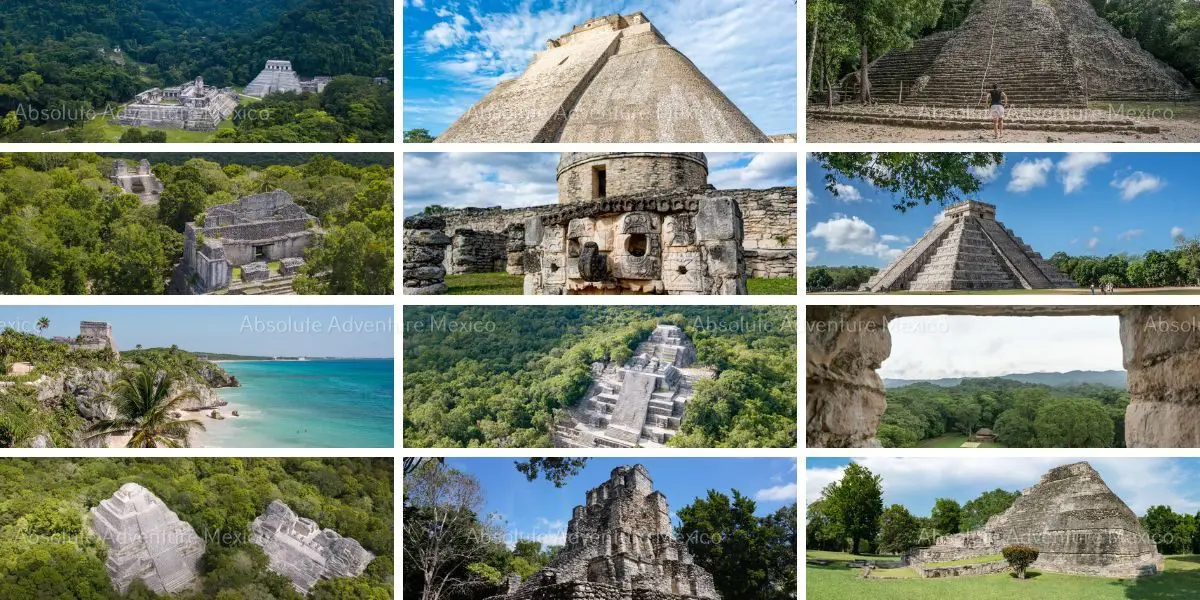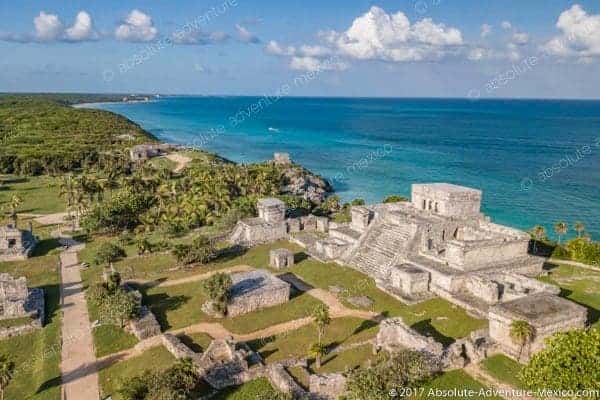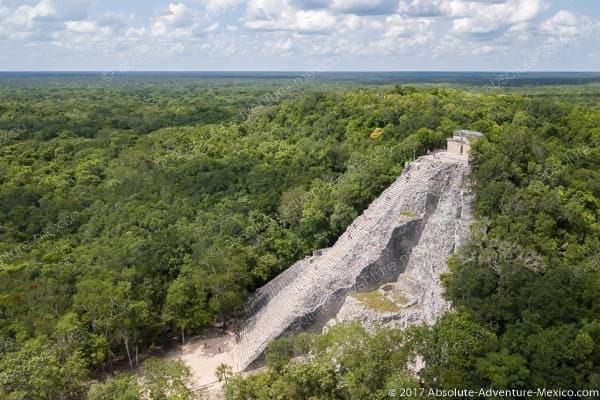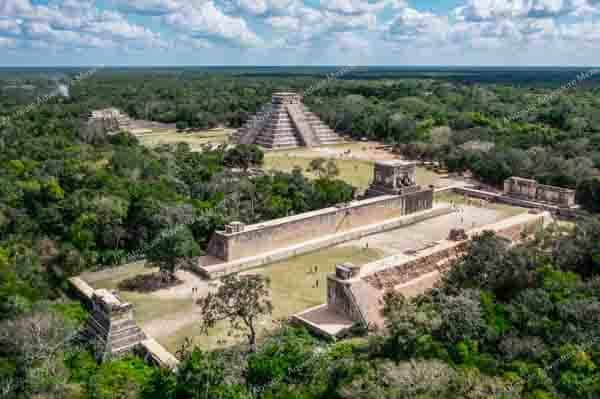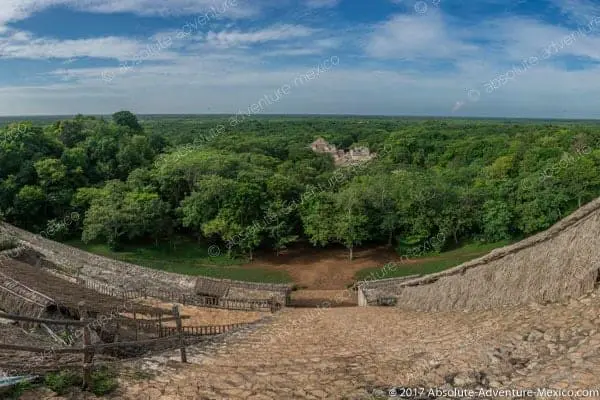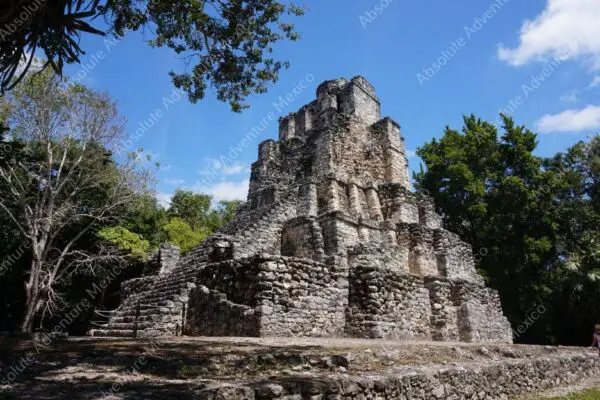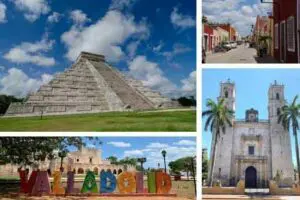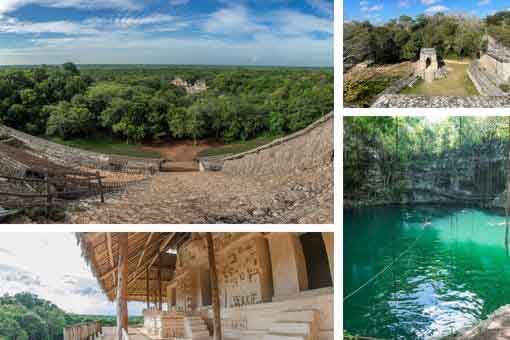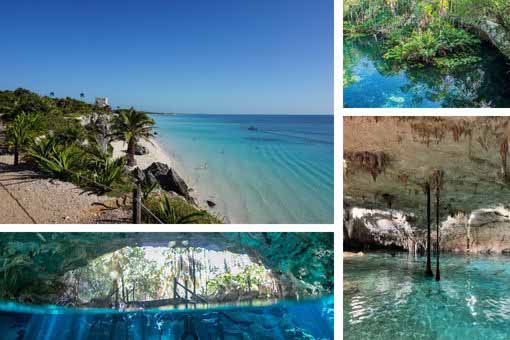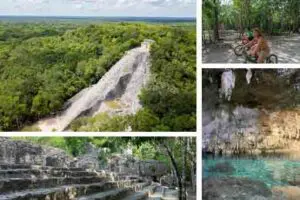Which Mayan Ruins should you visit?
Wherever you choose for your vacation in South Mexico, there are likely to be Mayan ruins nearby. A private tour is ideal for history and culture lovers to learn more about the Mayans and the extraordinary legacy they left behind.
The Yucatan Peninsula has a rich historic heritage with many Mayan ruins to explore in each of its 3 states: Quintana Roo, Yucatan State and Campeche State. Further south, Chiapas State has its own archaeological treasures. Here are the best sites of Mayan ruins in each state!
TULUM
QUINTANA ROO. The most visited Mayan ruins after Chicken Itza, Tulum ruins are in a beautiful location overlooking the beach and sea. Explore the well-preserved temples and Castillo, appreciate the Mayan culture and take photos of this breathtaking spot.
COBA
QUINTANA ROO. These ancient Mayan ruins were swallowed up by the jungle and lost for centuries until being rediscovered. Coba ruins has many raised paths (sacbes), pyramids and standing stones (stelae).
CHICHEN ITZA
YUCATAN. The massive El Castillo step-pyramid stands 30m high and is one of the New 7 Wonders of the World. This 1.9 square-mile archaeological site is the most visited in Mexico with a ball court, temples, pyramids and El Caracol observatory.
EK BALAM
YUCATAN. Ek Balam is Mayan for ‘Black Jaguar’. Famous for the El Torre pyramid, 700 AD to 1000 AD was one of the most culturally significant periods for Ek Balam.
MUYIL
QUINTANA ROO. One of the oldest Mayan ruins in Quintana Roo, with El Castillo pyramid.
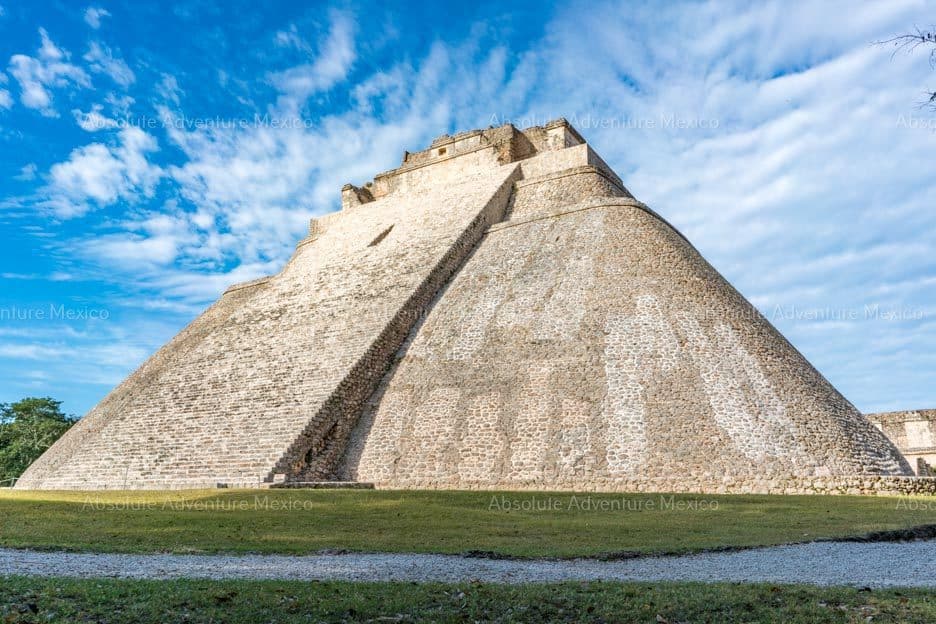
UXMAL
YUCATAN. This UNESCO Word Heritage Site has many ceremonial buildings from the late Mayan period.
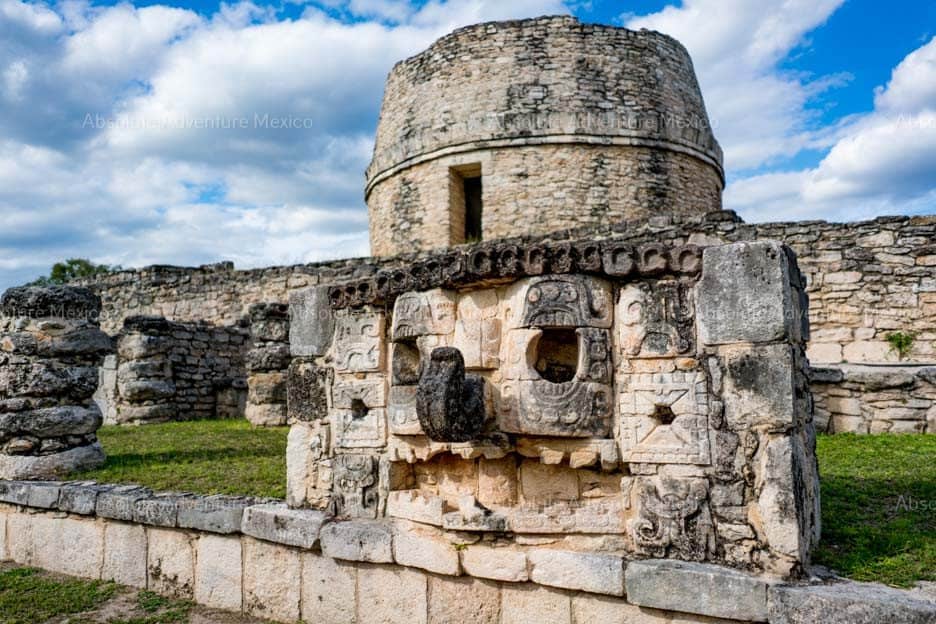
MAYAPAN
YUCATAN. The political and cultural capital of pre-Columbian Maya civilization, Mayapan is still under excavation with cenotes, pyramids and over 4000 structures within the city walls.
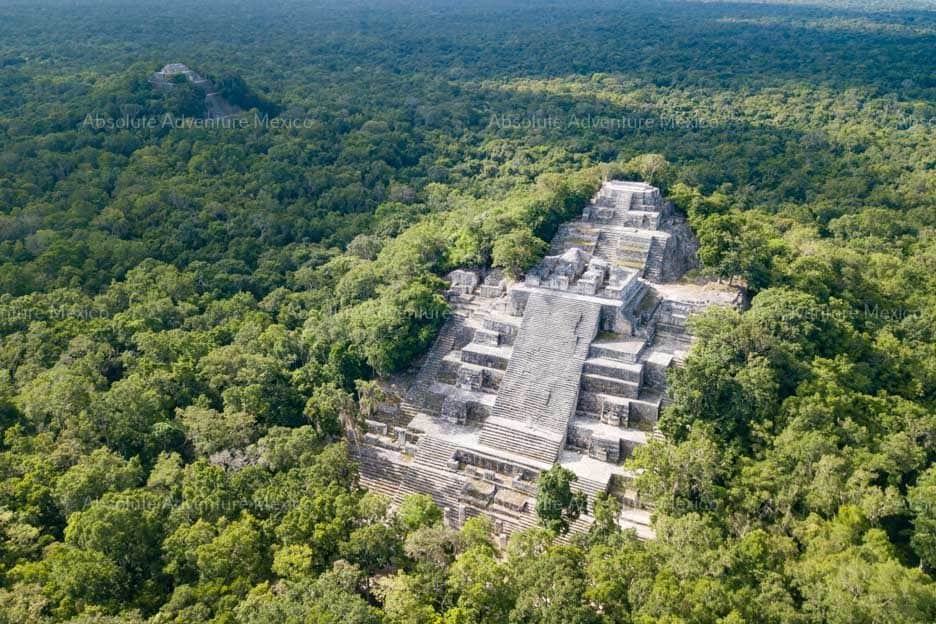
CALAKMUL
CAMPECHE. Deep in the jungle and close to the border with Guatemala, Calakmul was one of the most powerful Mayan cities ever uncovered. It has 6,750 ruins of Mayan structures including a 45m-high pyramid containing four tombs.
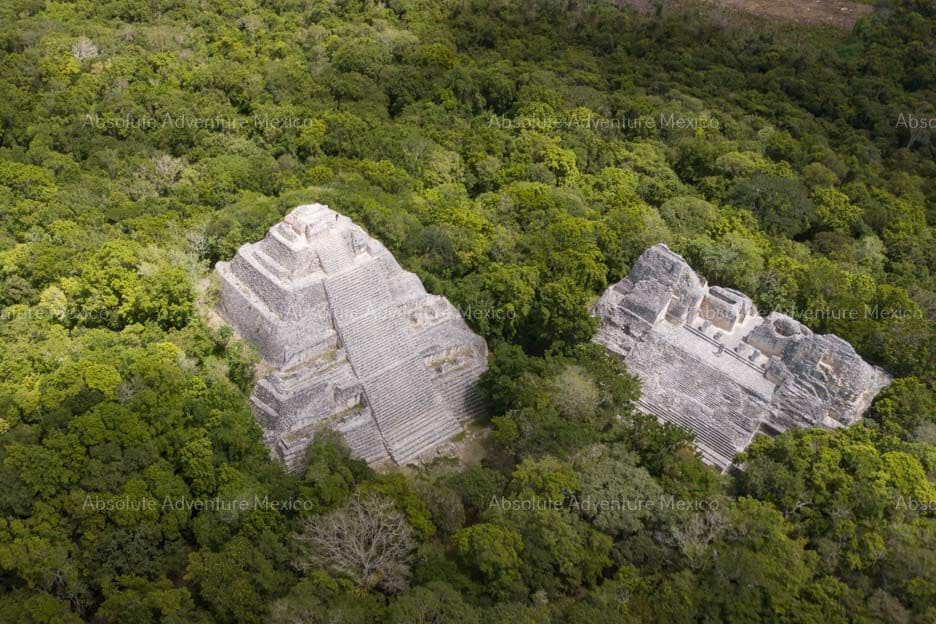
BECAN
CAMPECHE. Off the usual tourist trail, visitors hike through the rainforest to Becan, a powerful ancient city dating back to 550 BCE. It includes many towering pyramids, palaces and ceremonial structures.
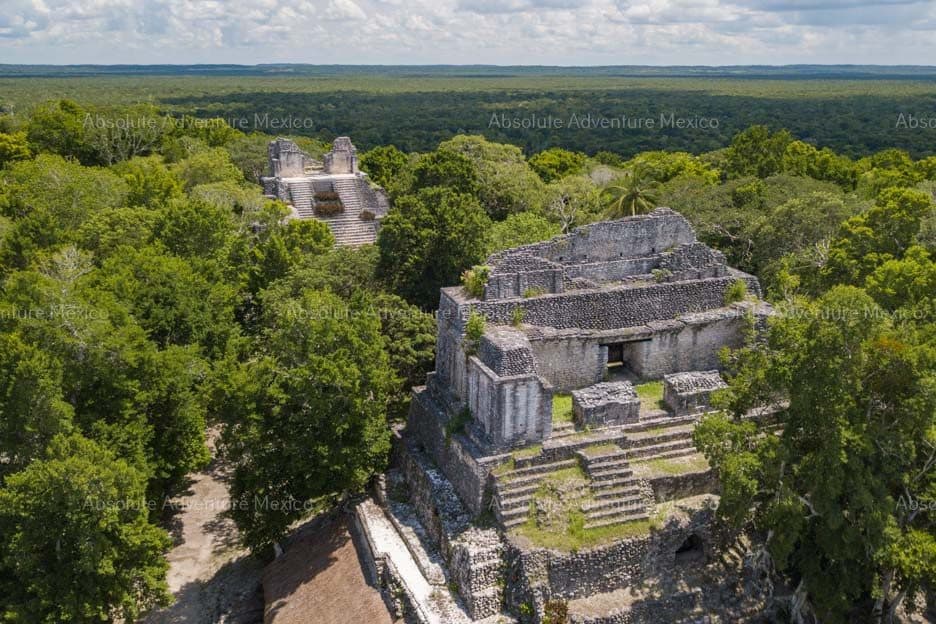
DZIBANCHE
CAMPECHE. Climb the K’inich Na’ (House of the Sun God) pyramid on this compact archaeological site which was once the capital of the Kan dynasty.
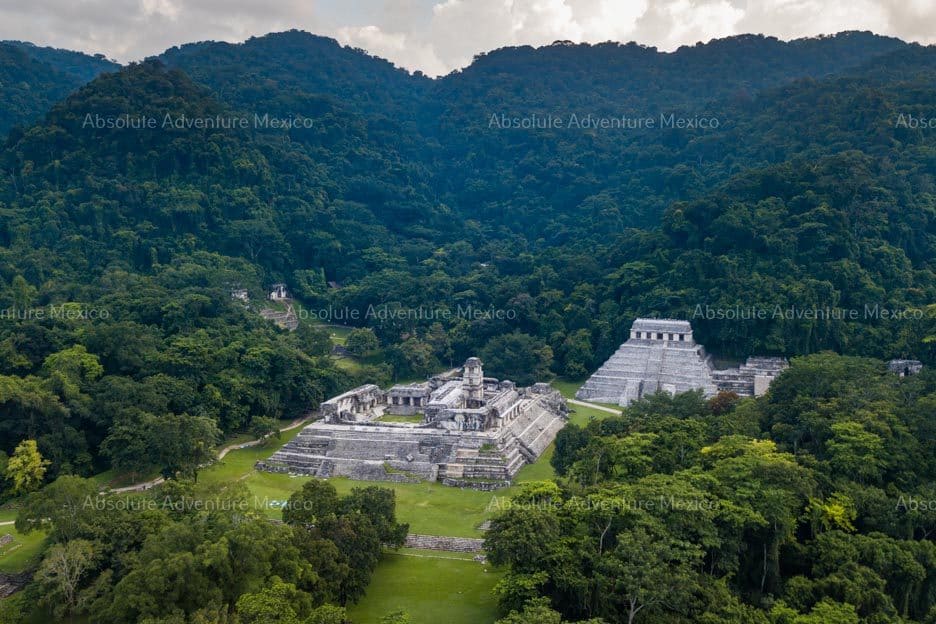
PALENQUE
CHIAPAS. Built in the 7th century and lost beneath the jungle, the Mayan ruins in Palenque have since been recovered. They include examples of fine carvings and hieroglyphic inscriptions.

BONAMPAK
CHIAPAS. Engraved stone pillars (stelae) and temple murals record Mayan life, war practices, human sacrifices and politics from AD 580 to 800.
With such a wealth of fascinating Mayan ruins and archaeological sites, Southern Mexico and the Yucatan Peninsula are the ideal travel destination for history lovers.
Mayan Ruins FAQ
Consult our FAQ about Mayan ruins! Here, you’ll find answers to the most common questions visitors have about exploring these stunning archaeological sites
What are the most impressive Mayan ruins to visit in Quintana Roo?
Some of the top sites include Tulum Ruins, perched above the Caribbean Sea; Cobá, known for its jungle trails and the Nohoch Mul pyramid; and Muyil, a smaller but atmospheric site within the Sian Ka’an Biosphere.
Which Mayan ruins in Yucatán are must-sees?
Don’t miss Chichén Itzá, one of the New Seven Wonders of the World. Also recommended are Ek Balam, known for its detailed carvings and climbable acropolis, and Uxmal, famous for its Puuc-style architecture.
Can I climb any of the pyramids in these archaeological sites?
Most major pyramids like those at Chichén Itzá and Cobá can no longer be climbed to help preserve the structures. However, you can still climb the Acropolis at Ek Balam and several structures at Uxmal offering fantastic views of the site. You can read our full article about where to climb pyramids here.
What’s the best way to visit Mayan ruins in the region?
You have several great options.
Renting a car is a safe and easy way to explore the Mayan ruins on your own, especially within Quintana Roo and Yucatán (Tulm, Coba, Chichen Itza), where roads are generally in good condition and sites are well-marked.
Alternatively, you can book a group or private tour—a great option if you prefer to relax and enjoy the insight of a certified guide who will share historical and cultural context throughout the visit.
If you’re planning to visit remote ruins in the south, like Calakmul, or want to explore multiple sites across Yucatán and Campeche, we recommend booking a 2–4 day circuit or custom itinerary. This allows time for longer travel distances and a more in-depth discovery of the region’s lesser-known treasures.
Are guided tours worth it for Mayan ruins?
Absolutely. Most archaeological sites in Quintana Roo and Yucatán do not offer audio guides, and they have very limited information boards, typically just displaying the name of each structure.
A certified guide provides context, history, and meaning, making your visit much more insightful and engaging.
What’s the best time of year to visit the ruins?
The dry season (November to April) offers the best weather.
Arriving early in the day helps avoid heat and crowds, especially at popular sites like Chichén Itzá.
Do I need to buy tickets in advance?
Tickets for most archaeological sites in Quintana Roo and Yucatán are not available online, so you’ll need to buy them on-site. You can simply show up at the entrance and purchase your tickets directly.
However, if you prefer a smoother experience, booking a guided tour (private or group) is a great option. Your entrance fees will be included, and you’ll often benefit from skip-the-line access and direct entry, especially at busy sites like Chichén Itzá or Tulum.
Read our article about Mayan ruins entrance fees for detailed info on costs, payment methods, and what’s included.
What should I bring when visiting Mayan ruins?
Wear lightweight clothing, comfortable walking shoes, a hat, and sunscreen.
Bring plenty of water, insect repellent, and a camera.
Tip:
- At Tulum, only reusable water bottles are allowed—single-use plastic bottles are prohibited, so plan accordingly.
- At Chichén Itzá, you can only bring a very small bag, and only water is allowed—no food or snacks are permitted inside the site.
Drones are not allowed at archaeological sites unless you obtain a special permit from INAH (Mexico’s National Institute of Anthropology and History), which must be arranged in advance and is rarely granted for recreational use.
I only want to visit ruins — what kind of tour should I look for?
Look for tours labeled as “Express”. Despite the name, Express doesn’t mean you’ll rush through the visit — it simply means the tour is focused only on the archaeological site, with no additional stops (no cenote, no lunch, no snorkeling, etc.).
These tours are popular among travelers who want to maximize their time at the ruins or visit multiple sites across different days.
Check out these Express tours:
Can I combine visits to ruins with other activities?
Yes! Many private tours combine ruins with swimming in cenotes, visiting colonial towns, or snorkeling.
For example, Tulum ruins + snorkeling + cenote is a popular combo in the Riviera Maya, as well as Chichen Itza + Valladolid + cenote.
Is it safe to visit Mayan ruins in Yucatán and Quintana Roo?
Yes, these areas are popular tourist destinations and generally safe. Stick to well-known routes and tours, and follow any local travel advice.

